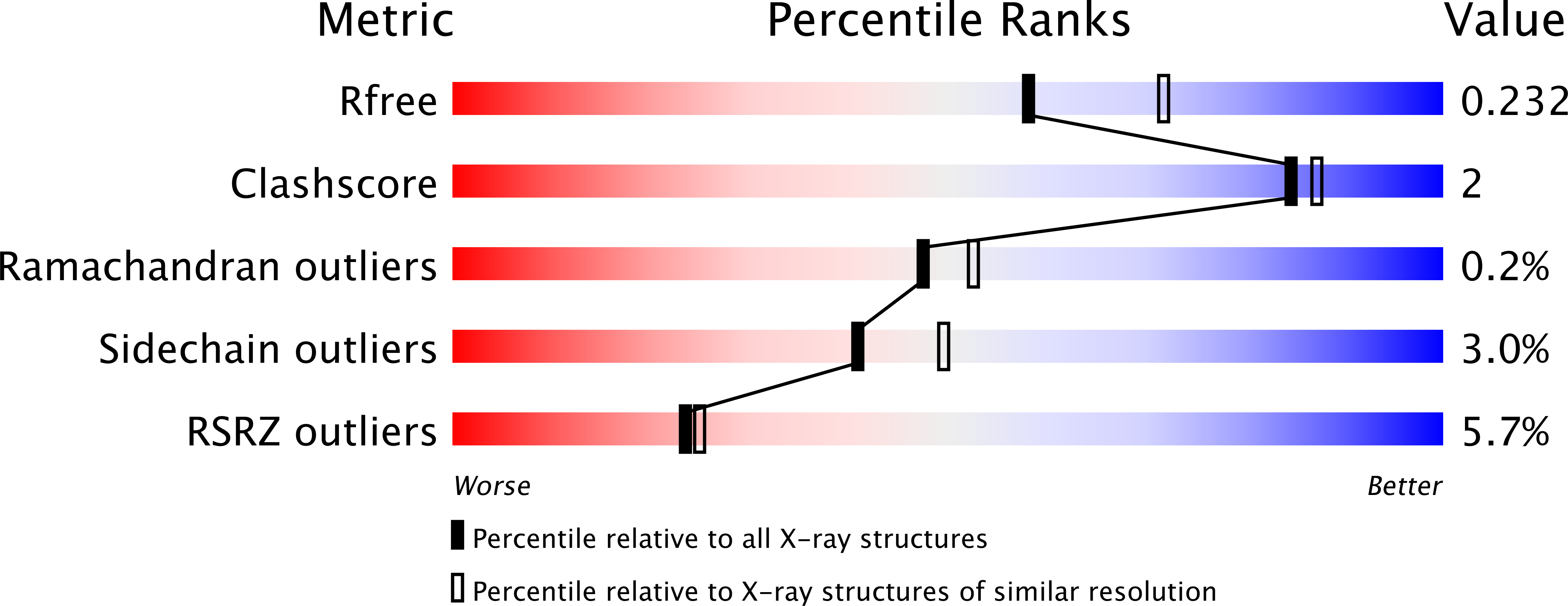
Deposition Date
2020-04-10
Release Date
2020-09-23
Last Version Date
2024-10-23
Method Details:
Experimental Method:
Resolution:
2.17 Å
R-Value Free:
0.22
R-Value Work:
0.20
R-Value Observed:
0.20
Space Group:
P 41 21 2


